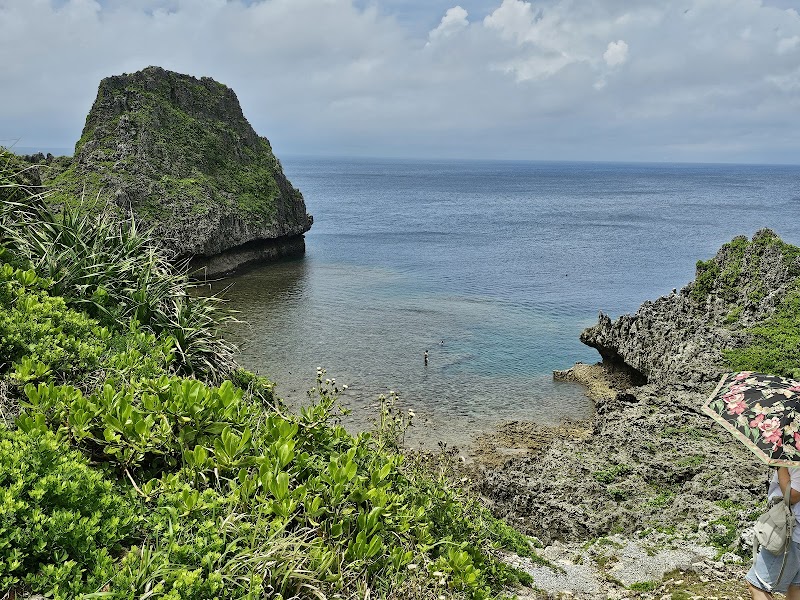
Yomitan Great Tug-of-War Festival: Okinawa’s Epic Spring Tradition of Strength and Unity
April in Yomitan, Okinawa lights up with the electrifying Great Tug-of-War Festival, a massive test of strength and spirit. Join thousands as tradition and community collide in this unforgettable spring event, packed with energy, culture, and vibrant local flavor.
Early Arrival for Best Viewing
Reach Yomitan before the main event begins to secure a good vantage point and fully absorb the pre-tug rituals and festivities.
Stay Hydrated
April in Okinawa can quickly turn humid and warm. Carry a reusable water bottle and sip regularly to maintain energy.
Wear Comfortable Footwear
Flat, breathable shoes allow you to navigate urban streets and crowds effectively without fatigue or slips.
Prepare for Rain
Spring showers are common. Pack a lightweight rain jacket or poncho to stay dry without overheating during the festivities.
Yomitan Great Tug-of-War Festival: Okinawa’s Epic Spring Tradition of Strength and Unity
Every April, the village of Yomitan in Okinawa awakens with a pulse that ripples through the community and beyond—the Great Tug-of-War Festival. This event isn’t just another local gathering; it’s a fierce contest of endurance and teamwork that draws thousands to the Yomitan Onaka area, transforming the streets into a battleground of old Okinawan spirit and modern celebration.
The focal point is a massive rope, stretching over 200 meters and weighing several tons, daring every participant to take hold and hold fast. Two opposing teams—North and South—grapple with the rope as the ground beneath them shifts with the effort. The tension is tangible; the earth itself seems to lean in, eager to see which side will falter first.
Attending the festival offers more than witnessing raw strength; it’s a cultural immersion. The pulse of taiko drums matches the tug, while locals in vibrantly colored traditional attire bring the streets to life. Children scamper alongside elders, their faces radiant with pride and excitement. Vendors dish out Okinawan favorites like sata andagi (sweet doughnuts) and goya champuru (bitter melon stir-fry), fueling both competitors and spectators.
Practical planning is key for a smooth visit. The festival site sprawls across a flat, urban terrain, so comfortable, sturdy footwear will keep you steady through the crowds. Expect to cover a few kilometers around the village center if you want to explore both viewing spots and local markets. Hydration is critical; late April can bring Okinawa’s early heat and humidity, turning excitement into exhaustion if unprepared.
Arriving early maximizes your experience. The festival starts mid-morning with pre-tug rituals and community dances. By early afternoon, the main event—a tug-of-war lasting nearly two hours—framed by cheers and occasional bursts of rain, fully commands the stage. Weather in spring is unpredictable, so a light rain jacket comes recommended.
For adventurers and cultural enthusiasts alike, the Yomitan Great Tug-of-War Festival delivers a blend of physical spectacle and heartfelt tradition. Participating as a spectator means joining forces with a village that has wrestled with Okinawa’s history and still pulls together fiercely, every spring, to celebrate life with a test of strength that’s as much about community as it is about muscle.
Nearby Trips
All Adventures
Boat Charters
Water Activities
Adventures near Yomitan, Okinawa
Discover the unique and memorable adventures that make Yomitan, Okinawa special.
Frequently Asked Questions
What is the historical significance of the Yomitan Tug-of-War Festival?
The festival traces back hundreds of years and serves as an agricultural ritual believed to bring good harvests through communal strength. It also commemorates unity among Okinawan villages, a tradition that has reinforced social bonds over centuries.
Can visitors participate in the tug-of-war event?
Local participants are primarily residents divided into North and South teams. While visitor participation is rare, some years allow controlled experiences or demonstrations—checking with local guides ahead is recommended.
Are there any special cultural customs I should observe while attending?
Respect for local traditions is key—observe the rituals quietly and avoid interfering with participants. Sampling local foods and engaging politely with vendors enhances your cultural connection safely.
Is the festival accessible for families with children?
Yes, the festival is family-friendly. The open spaces and vibrant atmosphere appeal to children, but crowds and noise can be intense, so supervision is advised.
Where are the best spots for watching the tug-of-war?
The main stretch along Yomitan’s village center provides several vantage points. Near the stage areas and vendor zones offer immersive experiences, while outskirts provide a wider view of the entire rope and crowd dynamics.
What local wildlife might I notice around Yomitan during the festival period?
While the festival focuses on urban space, nearby rural areas are home to Okinawa rail birds and subtropical butterflies, which sometimes find their way near village edges, adding quiet encounters amid the revelry.
Recommended Gear
Comfortable Walking Shoes
Essential for moving around festival grounds and navigating crowded streets safely.
Reusable Water Bottle
Staying hydrated during the festival is crucial as the weather warms up and you spend hours outdoors.
Light Rain Jacket
April showers can come unexpectedly, so a lightweight, packable rain jacket keeps you dry without overheating.
Portable Fan or Cooling Towel
Helps you manage Okinawa’s humidity and heat during the energetic festival festivities.
Local Insights
Hidden Gems
- "Small Shinto shrines along the festival route that honor village ancestors"
- "Quiet coastal views just outside Yomitan village offer ocean breezes away from crowds"
Wildlife
- "Okinawa rail (rare flightless bird)"
- "Colorful butterflies like the Common Jezebel"
- "Seasonal migratory birds near surrounding wetlands"
History
"The festival has roots in agrarian rites meant to ensure bountiful crops, evolving into a symbol of community resilience after Okinawa’s post-war recovery. It reflects local values of cooperation and both celebrates and respects Okinawa’s unique cultural heritage."
